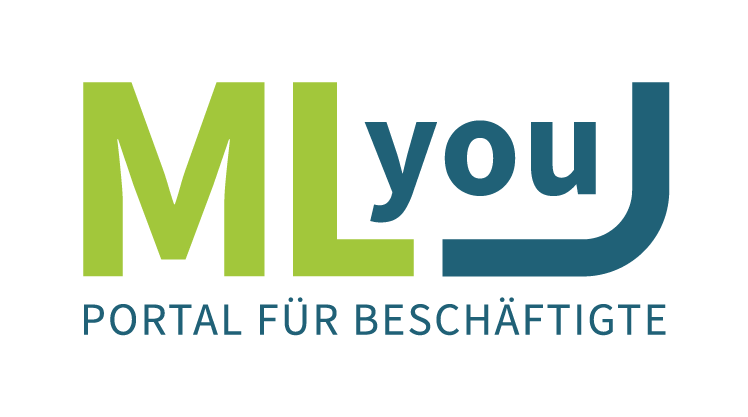Links
Water Indicators in Domestic Politics and Law (WIDPAL)
The use of SDG indicators for water-related goals as an instrument of domestic political and legal disputes.
Research Team
Duration
2019-2022
Funding
The project
Scope and methodology of the United Nations Sustainable Development Goals (SDGs) are unprecedented in international politics. By way of an indicator-based system of goal-attainment, the SDGs aim at initiating sustainable development worldwide across seventeen fields of action. Five years after their adoption there is still a lack of empirical evidence regarding the extent to which the indicators contribute to effective solutions on the ground. Our transdisciplinary project hence examines the question which effects the indicators related to SDG 6 (“Ensure availability and sustainable management of water and sanitation for all“) have on domestic political and legal discourse. In concrete terms, we pose the following question: Is there a connection between the SDG process on the one hand and the legal and political disputes over water on the other? Both possible answers lead to relevant results: If parties to water conflicts refer to the promises encapsulated in the SDGs this could provide evidence of their indirect effectiveness. Conversely, if the SDGs are not referred to, this would nourish the suspicion that the complex SDG process is detached from real conflicts which in turn would raise fundamental questions regarding the UN development strategy. We intend to focus our research on selected countries (in particular on India) that are facing severe water problems and related conflicts, whilst having established prominent institutions (e.g. so-called Environmental Courts and Tribunals (ECTs)) to deal with them.
The UN Sustainable Development Goals
The United Nations Agenda for Sustainable Development constitutes a highly ambitious effort of the international community to formulate goals for sustainable development and to implement them globally. Adopted by all 193 UN member states on 25 September 2015 in New York, the Agenda represents “a plan of action for people, planet and prosperity.“ It aims “to free the human race from the tyranny of poverty and want and to heal and secure our planet.“ In order to achieve this goal, the Agenda’s ambitious claim is to “transform[…] our world“, as reflected by seventeen Sustainable Development Goals (SDGs). Each goal is accompanied by a set of targets and respective indicators for measuring its progress. This requires collection of comprehensive quantities of data in all relevant fields – through a process which the UN has labelled as “data revolution“.
Indicators of sustainability: “Governing by numbers“
The SDGs refer back to the Millennium Development Goals (MDGs) adopted in 2000 while going beyond them in several ways. They address all states equally, put an emphasis on sustainability in many fields of action and promote the use of indicators as their most important tool. The establishment of social and political priorities (goals), time-bound, quantifiable outcomes as yardsticks for the actual performance (targets), and measuring instruments to monitor progress (indicators) represents a major advancement. Rather than just being used to formulate desirable outcomes, goal-setting and quantification have themselves become essential tools of implementation. These techniques are hence elevated from mere processes of elaboration towards the decisive methodology. This turn towards goal-setting as predominant governance technique comes with a number of expectations: Changing qualitative goal imaginations to quantifiable units serves to guarantee accountability and transparency. Into the bargain, there is a suggestion that numeric verifiability will raise their enforceability (“governing by numbers“). Within politics and society, indicators are expected to be central tools to effectuate necessary transformation. Up to this date there is, however, no sufficient evidence that indicators, their respective data bases, and effective solutions of conflicts at the local level are actually linked to each other.
India and beyond
The increasing severity of the Indian water crisis (40 per cent of Indian households are expected to be without access to drinking water in 2030) is contrasted by strong environmental justice movements with a long-standing tradition, an innovative environmental judiciary (the National Green Tribunal (NGT) ), and the National Institution for Reforming India (NITI Aayog ), which is entrusted with the implementation of the SDGs. All of that makes this South-Asian country a suitable place for our investigations. This is further emphasized by both the leading role India played in formulating the SDGs and by its geopolitical position as such. Demographical research estimates that in 2025 India will have bypassed China as the most highly populated country in the world. It is therefore unconceivable that the SDGs will be attained globally without being successful in India. We intend to expand our research by comparing India to other countries, e.g. Australia that established an independent environmental judiciary as early as 1980 and whose Land and Environment Court of New South Wales has been acknowledged as one of best-organized environment courts in the world. In addition, we plan to include New Zealand with its innovative Environmental Court that facilitates a pronounced and far-reaching environmental jurisprudence.




